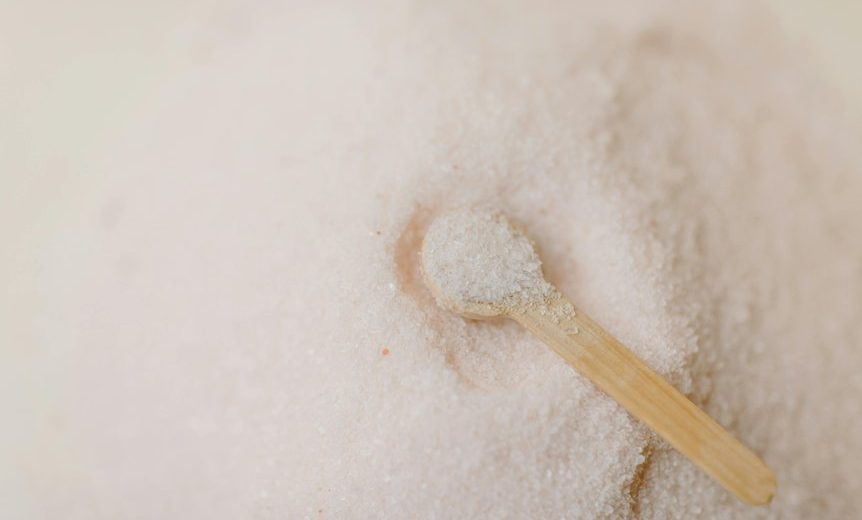You might wonder how Celtic Sea Salt and Himalayan Salt differ beyond their unique colors and origins. Both offer natural minerals, but their production methods and mineral profiles influence taste and health effects differently. Understanding these distinctions helps you choose the right salt for your diet and cooking needs. Before you decide which one fits your lifestyle better, it’s important to explore what each salt truly contains and how it impacts your body.
Origins and Production Methods of Celtic and Himalayan Salt
Although both Celtic and Himalayan salts are prized for their natural mineral content, they come from very different places and are produced using distinct methods.
Celtic salt, also known as “sel gris,” is harvested from coastal regions in France through traditional solar evaporation techniques. This method lets seawater naturally evaporate, preserving moisture and minerals, and is considered environmentally friendly.
Himalayan salt, on the other hand, is mined by hand from ancient seabeds deep within the Himalayan mountains in Pakistan. Its pink hue comes from trace minerals, especially iron.
These harvesting techniques reflect the unique origins of these salt varieties—Celtic salt from ocean waters and Himalayan salt from underground deposits.
Understanding these differences helps you appreciate how each salt variety’s production influences its texture, flavor, and mineral profile.
Mineral Composition and Health Benefits Comparison
When comparing Celtic sea salt and Himalayan salt, their distinct mineral compositions play a key role in their health benefits and culinary uses.
Celtic salt offers a mix of magnesium, calcium, potassium, and iron, which supports mineral absorption and may aid hydration and skin health.
Himalayan salt, rich in iron and other trace minerals, is often linked to benefits for blood pressure control and respiratory health.
However, Celtic salt contains more sodium per serving, which you should consider if monitoring intake.
Both salts retain natural minerals due to minimal processing, but their health implications vary based on your dietary needs.
Choosing between them means weighing these factors and using them in moderation to support your overall mineral balance and well-being.
Culinary Uses and Flavor Profiles
How do Celtic sea salt and Himalayan salt differ in the kitchen?
Celtic salt has a mild, slightly briny taste that complements salads, grilled vegetables, and seafood without overpowering them. Its coarser texture makes it perfect as a finishing salt, often used with a grinder for even flavor enhancement and ideal for brining or pickling.
Himalayan salt offers culinary versatility with its mild flavor, suitable for both cooking and baking, elevating a wide range of dishes. Both salts enhance the flavor of baked goods, but Celtic salt provides a more consistent saltiness that accentuates overall taste.
When choosing between the two, consider Celtic salt for texture and briny notes, and Himalayan salt for flexible use across various recipes requiring subtle seasoning.
Environmental Impact and Sustainable Harvesting Practices
Choosing between Celtic sea salt and Himalayan salt isn’t just about flavor and texture; it also involves considering how each is harvested and the impact on the environment.
Celtic salt uses traditional solar evaporation along the French coast, a method known for sustainability practices that preserve marine life and consume minimal energy.
Himalayan salt, on the other hand, is hand-mined in pollution-free areas of Pakistan, ensuring minimal disruption to the natural landscape.
Both salts avoid harmful chemicals, supporting a healthier choice for you and the planet.
These sustainable harvesting practices help maintain the ecological balance of their regions, protecting both marine and land ecosystems.
Frequently Asked Questions
Are There Any Known Allergies to Celtic or Himalayan Salt?
You rarely get salt allergies from Celtic or Himalayan salt since their mineral content is natural and minimal. However, if you have sensitivities, it’s wise to test small amounts and monitor any reactions carefully.
How Do Celtic and Himalayan Salts Affect Blood Pressure Differently?
Both salts impact blood pressure regulation mainly due to their sodium content. You’ll find their sodium levels are similar, so neither drastically differs in effect; managing overall sodium intake is key to controlling blood pressure effectively.
Can Celtic or Himalayan Salt Be Used in Skincare Routines?
Yes, you can use both Celtic and Himalayan salt in your skincare routines. Their skincare benefits include exfoliation and mineral nourishment, making them great for topical applications like scrubs and baths to revitalize your skin naturally.
What Is the Shelf Life of Celtic Versus Himalayan Salt?
Both Celtic and Himalayan salt have an indefinite shelf life if you store them properly. Keep them in a cool, dry place, sealed tightly to prevent moisture absorption and clumping, ensuring ideal preservation during salt storage.
Are Either Celtic or Himalayan Salts Safe for Pets?
You shouldn’t give your pets Celtic or Himalayan salt regularly, as salt toxicity risks harm. Small amounts in food are usually safe, but always prioritize pet safety and consult your vet before adding any salt.





